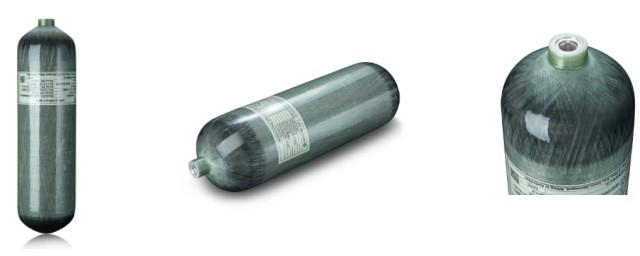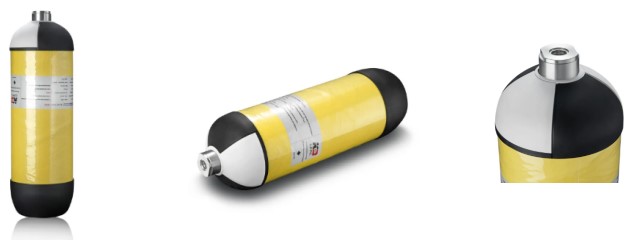The dawn of the 21st century has seen significant advancements in aerospace technology, particularly in the development and deployment of high-altitude unmanned aerial vehicles (UAVs) and reconnaissance aircraft. These sophisticated machines, designed to operate at extreme altitudes, require components that are not only lightweight and durable but also capable of withstanding harsh operational environments. Among the myriad of technological innovations facilitating these requirements, carbon fiber composite gas cylinders stand out as a critical component in ensuring the success of high-altitude aviation missions.
The Advent of Carbon Fiber Technology in Aviation
Carbon fiber composite materials have revolutionized the aerospace industry, offering an unprecedented combination of strength, durability, and weight reduction compared to traditional materials like aluminum and steel. These attributes are particularly beneficial for high-altitude UAVs and reconnaissance aircraft, where every gram of weight saved contributes to enhanced performance, longer flight durations, and increased payload capacity.
Application in High-Altitude Operations
High-altitude aviation operations pose unique challenges, including reduced atmospheric pressure, extreme temperatures, and increased radiation levels. Carbon fiber composite gas cylinders, used for storing essential gases such as oxygen for life support systems and nitrogen for pressurizing fuel systems, offer several advantages in addressing these challenges:
1.Weight Reduction: The lightweight nature of carbon fiber cylinders significantly decreases the overall aircraft weight. This reduction allows for higher operational altitudes, extended range, and the ability to carry additional sensors and equipment.
2.Durability and Resistance: Carbon fiber composites exhibit exceptional durability and resistance to corrosive elements, a critical factor in the harsh conditions encountered at high altitudes. Their robustness ensures the integrity of gas storage, preventing leaks and maintaining consistent pressure levels.
3.Thermal Stability: The thermal insulation properties of carbon fiber composites are superior to those of metals, making them ideal for maintaining stable temperatures of stored gases. This stability is vital for operations in environments where external temperatures can vary dramatically.
4.Pressure Handling: High-altitude missions require gas cylinders that can withstand high pressures without compromising structural integrity. Carbon fiber composite cylinders are designed to handle significant pressure variations, ensuring a reliable supply of gases for critical systems throughout the mission.
Case Studies and Operational Success
Several high-profile aerospace projects have successfully integrated carbon fiber cylinders into their designs. For instance, the use of these cylinders in the Global Hawk UAV has enabled it to conduct prolonged surveillance missions at altitudes above 60,000 feet. Similarly, reconnaissance aircraft like the U-2 have benefited from the weight savings and reliability offered by carbon fiber gas storage solutions, enhancing their operational capabilities.
Future Prospects and Innovations
The continued evolution of carbon fiber composite technology promises further enhancements in high-altitude aviation. Research and development efforts are focused on creating even lighter and more resilient cylinder designs, incorporating advanced composite materials and innovative manufacturing techniques. Moreover, the potential for integrating smart sensors and monitoring systems into the cylinders could offer real-time data on gas levels, pressure, and structural integrity, further increasing the safety and efficiency of high-altitude missions.
Challenges and Considerations
While the benefits of carbon fiber composite cylinders are clear, there are challenges to their broader adoption in the aerospace industry. High manufacturing costs, the need for specialized handling and maintenance, and regulatory hurdles are factors that must be addressed. However, the ongoing advancements in composite material science and economies of scale are expected to mitigate these challenges, making carbon fiber cylinders an increasingly viable option for a wide range of aerospace applications.
Conclusion
Carbon fiber composite gas cylinders represent a critical technological advancement in the field of high-altitude aviation. Their lightweight, durability, and performance characteristics make them an indispensable component of modern UAVs and reconnaissance aircraft. As aerospace technology continues to evolve, the role of carbon fiber composites in facilitating new frontiers of exploration and surveillance will undoubtedly expand, marking a new era of innovation and discovery in the skies above.
Post time: Feb-18-2024


